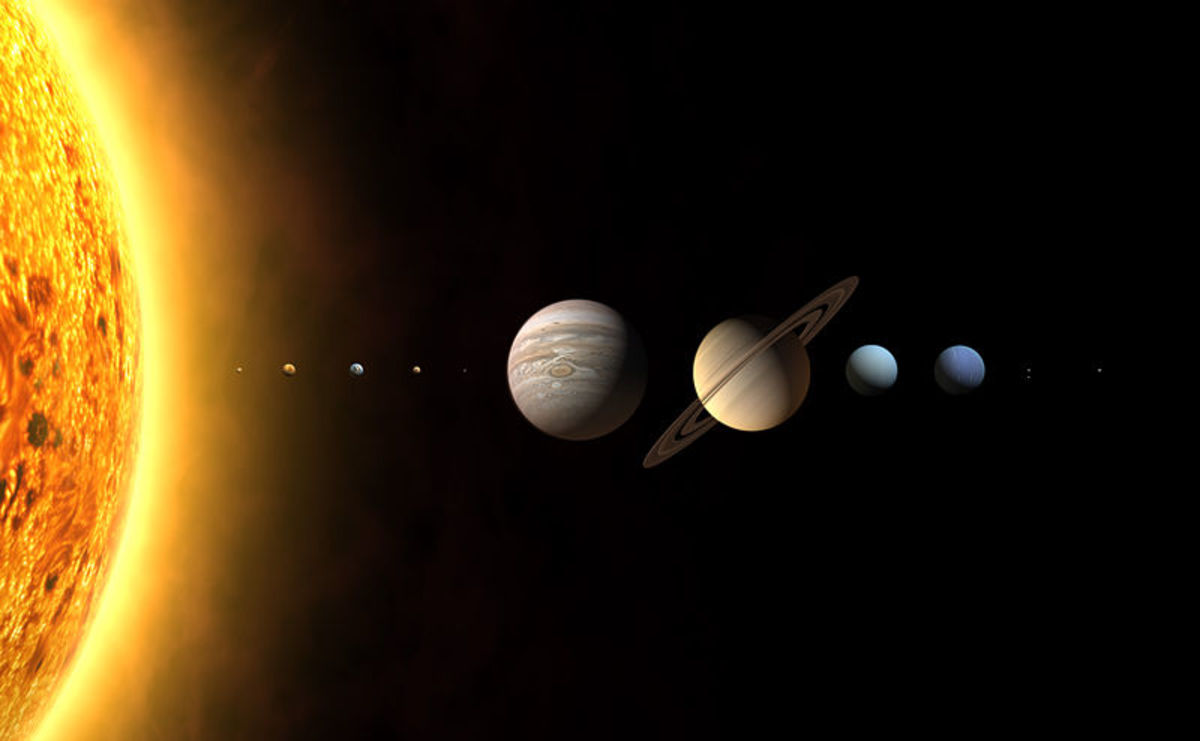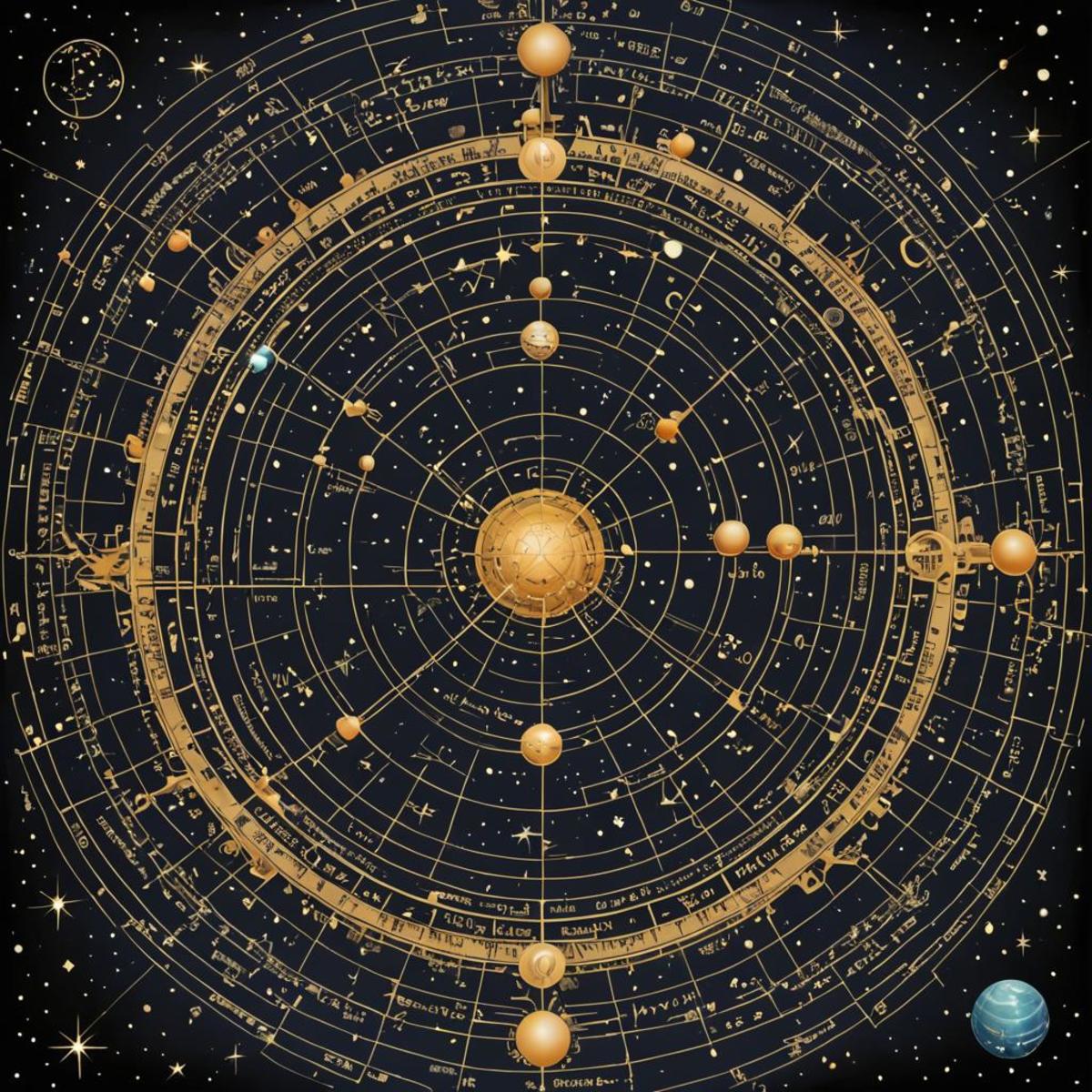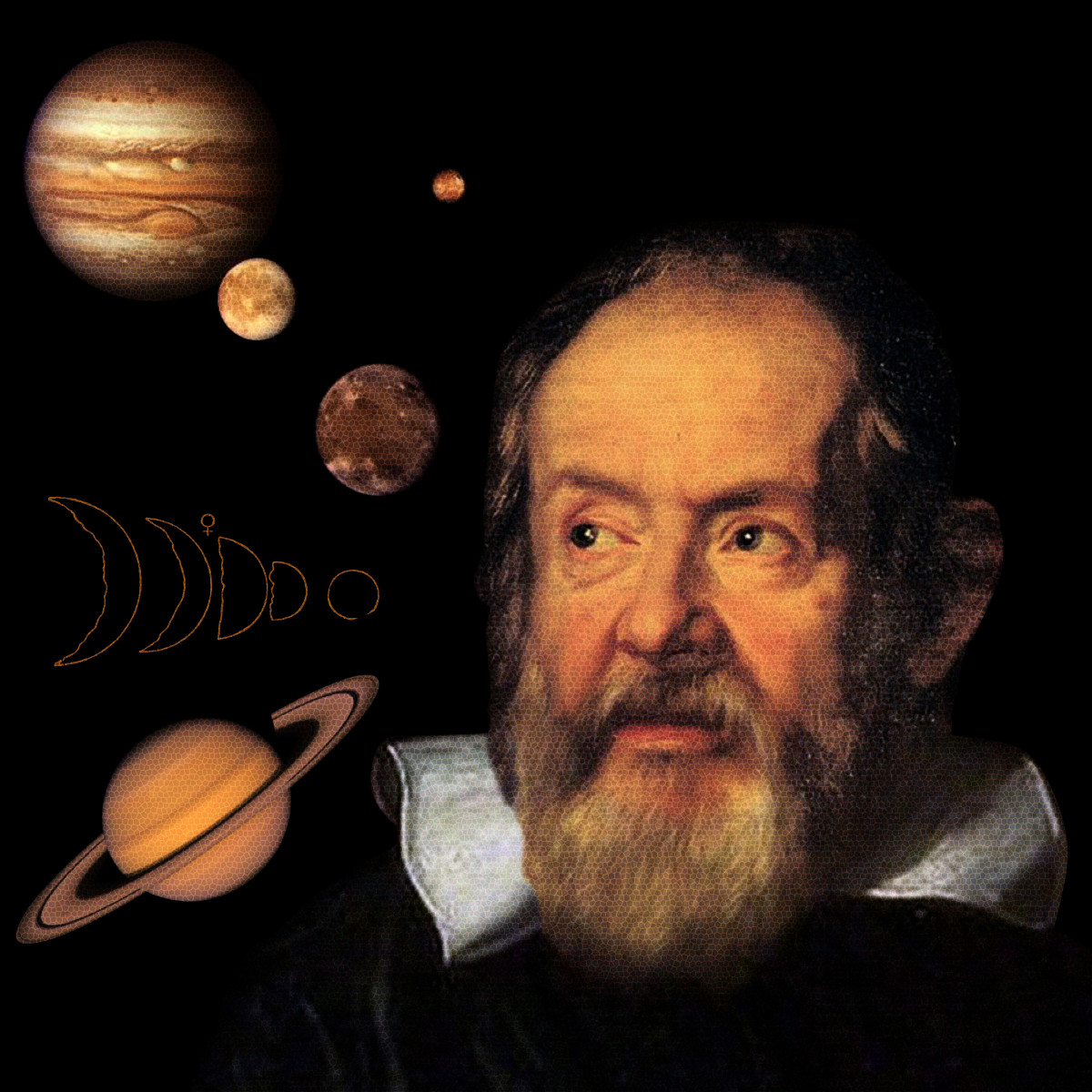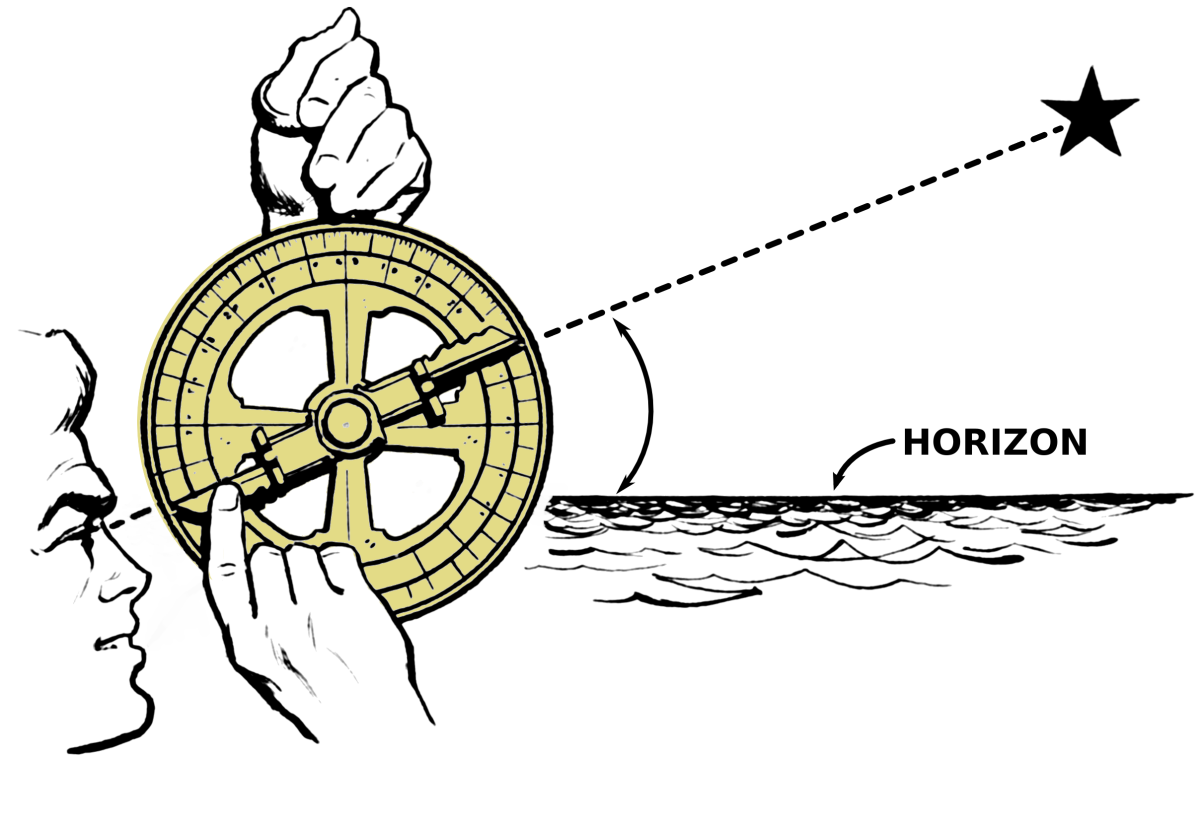Johannes Kepler, the First Modern Scientist
Johannes Kepler (1571 - 1630) was a German astronomer and mathematician who is best known for his laws of planetary motion. He was also the first astronomer to separate the math of astronomy from the philosophy of astronomy. Because of this, Western science moved from the ancient to the modern era.

A Perfect Discipline
From Socrates to Copernicus, the great minds of the ancient world have many titles given to them: astronomer, philosopher, mathematician, politician, artist, poet and so on. It's amazing to think these men (who often led relatively short lives) could become so accomplished at so many disciplines in their lifetimes. But it was readily possible in the ancient era to be experts in all these fields because science itself was intrinsically grouped into one study. Philosophy, astronomy and math were interconnected in ways that no longer exist.
Western science was (and still, to some extent, is) rooted in Christianity. Before Kepler, science was an aspect of philosophy that explained why the world worked, but it was based in the accepted idea that God created the universe, and because God was perfect, his creations were similarly perfect. Man was only imperfect because of original sin. Kepler was the first to suppose that the universe and other of God's creations was not completely perfect.
Kepler's Laws
Kepler believed in Copernicus' idea of a heliocentric (Sun-centered) universe and generated three mathmatical laws to support it:
- The orbit of every planet is an ellipse with the Sun as one of the two foci
- A line joining a planet and the Sun sweeps out equal areas during equal periods of time
- The square of the orbital period of a planet is directly proportional to the cube of the semi-major axis of its orbit
The first of these laws, explaining the elliptic orbits of the planets in the solar system was incongruous with the idea of a perfect and symmetrical universe. In a perfect universe one would expect spherical orbits. Additionally, Kepler used solely mathematics and computational models. Eschewing philosophical ideals about the theory's correctness had never been done before. Finally Kepler's major difference from previous astronomers was in his ethos. Instead of asking "In what form does the universe exist?" he asked "Why does the universe exist this way?"
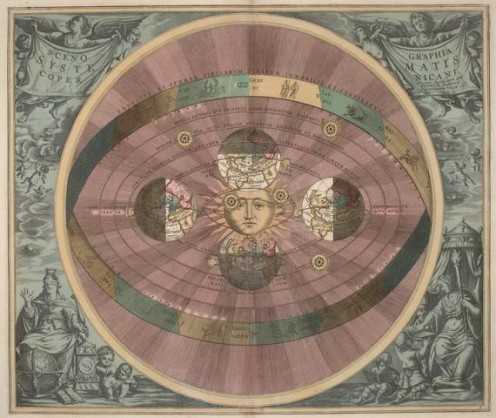
Modern Science?
It is the smallest measure of doubt in a perfect universe that opened the door for "Modern" science. Without the ability to look beyond a symmetrical, harmonious universe, most of later scientific theory would not be possible. Everything from the Theory of Evolution to non-Newtonian physics to the discovery of the virus would be anathema to a perfect universe. But this idea of imperfection was very troubling at the time.
Kepler explained the imperfection of the movement of heavenly bodies by supposing that the physical construction of items in the universe is faulty. God had to use physical components to create the universe and we as humans recognize that sometimes physical materials are flawed. Since the universe contains flawed materials, it is acceptable to observe imperfect behaviors from flawed creations while maintaining the rest of God's perfect universe. This concept was a major contribution to the scientific method, for it allowed anomalies in observed phenomena to be explained simply - for elliptical planetary orbits is a much simpler explanation than grandiose and arbitrary calculations that previously explained planetary movement. Before Kepler, it would have been blasphemous.
Rooted in Tradition
For all Kepler's ground-breaking ideas about science, he still exhibited his training in "ancient" traditions and the impact of Catholic Renaissance Christianity in his work. He advocated that the universe is a mirror of the Holy Christian Trinity: three parts of sun, stars and in between akin to the Father, Son and Holy Spirit. He is unable to escape the universe as a religious creation that today's science has quietly dissolved. While today's scientists focus in a particular branch of study, Kepler's work remains subtly tied to philosophy and music. Kepler was also an astrologer. Regarded by science today as entertainment and mysticism, astrology and astronomy were universally linked in the Renaissance and most astronomers found patronage from the estates of nobles interested in astrology's effects and predictions for their lands.
The Kepler Revolution
Kepler stands on the line between "ancient" and "Modern" science eras. His belief in the not-quite-perfectability of the universe is a huge asset for later science. Even if he had not contributed anything else to the scientific canon, this idea alone frees scientists to explore rational and simple explanations for observed phenomena previously prevented by the belief in the perfect universe. This gift alone makes Kepler worthy of the designation "Modern".

